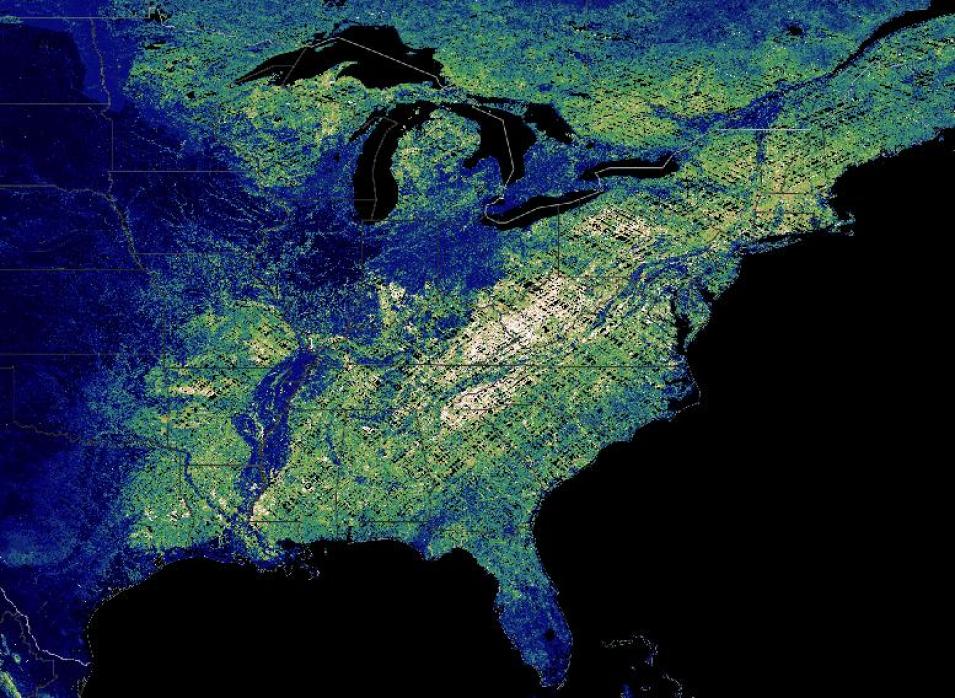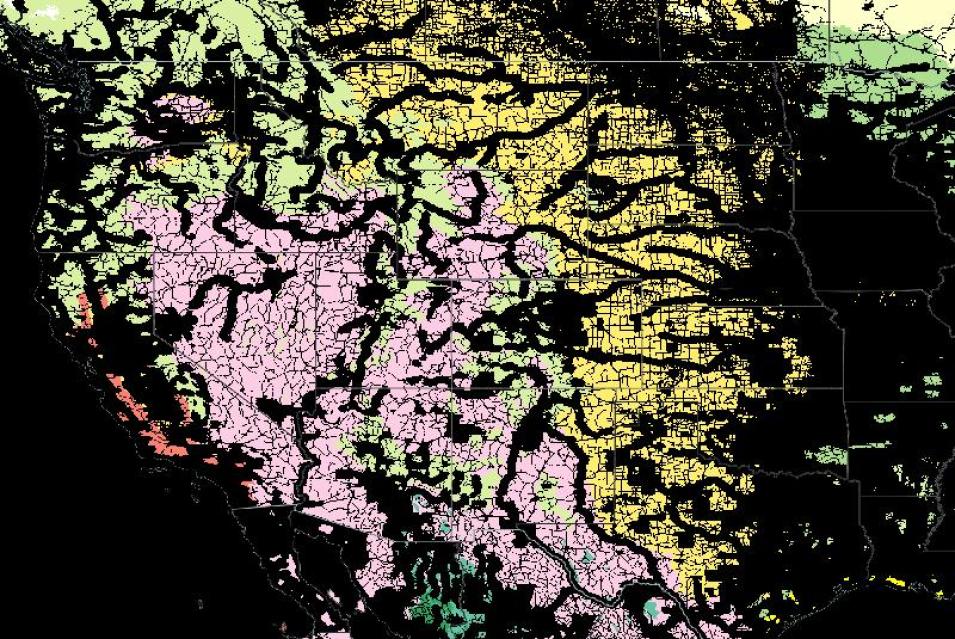Background and Intent
The NNA is being implemented under the Global Change Research Act, and is the first of what is meant to be a series of assessments. The NNA is similar to the intent of the USGCRP-led National Climate Assessment but geared toward exploring the status of nature and its benefits to people across the nation. It is guided by a Federal Steering Committee.
"We hope that this assessment by scientists and other experts from many different agencies, universities, and other sectors will give a comprehensive view of our country's biodiversity and ecosystems while identifying concerns related to equity and environmental justice," says Dr. Jessica Nicole Welch, a conservation biologist who is serving as a Federal Coordinating Lead Author (FCLA) on the NNA. Welch also is on the technical staff of NASA's Oak Ridge National Laboratory Distributed Active Archive Center (ORNL DAAC), which is responsible for NASA Earth science data related to ecology and environmental processes.
Welch was nominated by NASA's Earth Science Division (ESD) to be the FCLA for the chapter "Frameworks and Approaches for Assessing Nature in the U.S.," which NASA sees as an important chapter for highlighting the agency's Earth observations. Other NNA chapters include Nature and its Relationship to Cultural Heritage, Nature and Equality, and Nature and the Economy.
"FCLAs work across the chapters to ensure consistency throughout the assessment," says Welch. "Each chapter has a chapter lead, who directs the chapter authors. I communicate with all the other FCLAs to make sure that we're not redundant in our chapters and we're all working together to make a cohesive document."
Along with Welch, Dr. Dave Schimel, research scientist at NASA's Jet Propulsion Laboratory in Southern California, is the other NASA representative on the NNA and one of the authors for the Frameworks and Approaches chapter. Chapter authors come from many different U.S. regions and represent areas of expertise from agriculture to zoology.
NASA and the NNA
NASA's exposure in biology, biological conservation, and ecology has increased in the last few years, and Welch sees one of her roles as making sure that NASA data and technology are highlighted and made available to the NNA chapter teams. She observes that many people aren't aware that NASA has data relevant to biodiversity.
"We want to be sure that people understand that NASA has a stake in biodiversity and ecological conservation," says Welch. "We are funding scientists to study Earth, and we are doing more of this. We want to be sure that NASA data and NASA findings from scientific research are considered for inclusion in the NNA."

